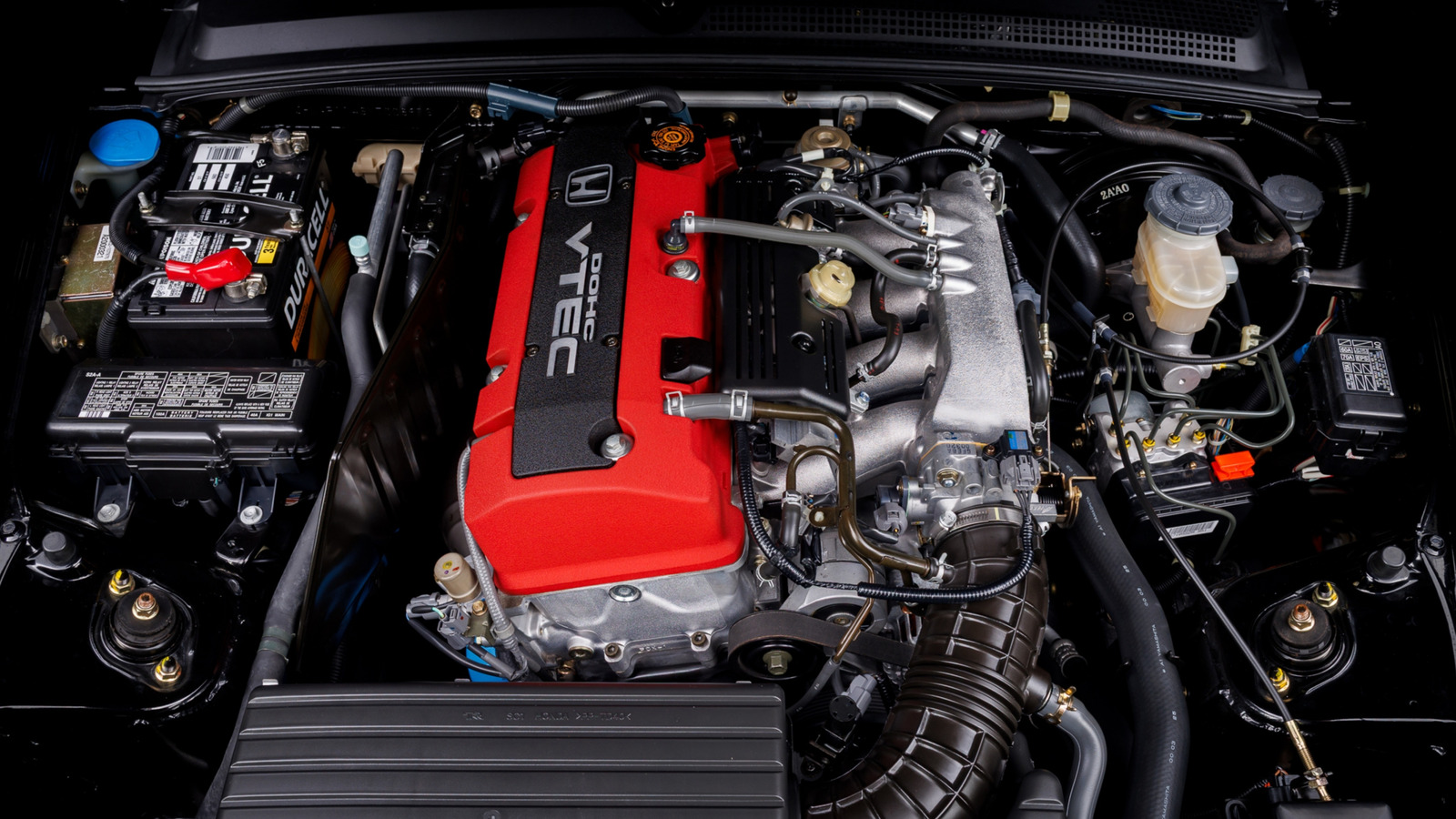Copyright jalopnik

Honda ain't kidding when it says that its proprietary VTEC technology was sort of a wake-up call to a new breed of enthusiasts, proof that small engines can blow the doors off your standard V6 or V8-powered muscle car. Honda's variable valve timing and lift electronic control (VTEC) made its commercial Japanese debut in the B16A for the 1989 Honda Integra XSi and made waves in 1991 for the Acura NSX and its 270-horsepower 3.0-liter C30A VTEC V6, a car that we once said made every other sports car and supercar moot. Then, the Prelude VTEC arrived on U.S. shores in 1993, and all hell broke loose. It brought with it the 190-horsepower H22A1 DOHC four-banger with VTEC on the intake and exhaust cams, kickstarting the "VTEC just kicked in, yo!" catchphrase. VTEC engines have undergone many iterations since then, but the technology remains legendary for its rock-solid durability and reliability. Early VTEC models, primarily the D, B, H, and F-Series, were reliable to the core if left stock and given the necessary love. Meanwhile, the K-Series (K20 and K24) remains arguably the best four-cylinder engine on the planet, and most Honda VTEC motors can last upwards of 200,000 miles with timely maintenance. With that said, VTEC engines are no different from gas engines in a Ford, Chevy, Toyota, Mazda, or any other brand in terms of maintenance. Sure, VTEC motors can withstand abuse and incessant revving without batting an eyelash, but they don't require anything special to run forever apart from periodic oil changes, valve clearance adjustments, early leak detection, and the like.



